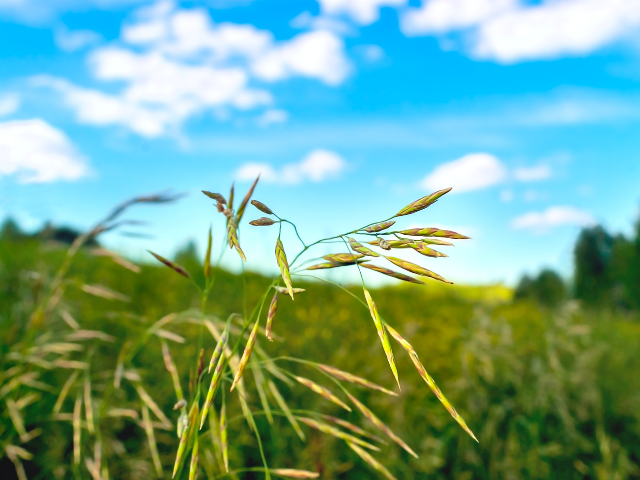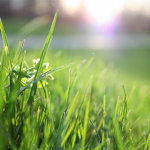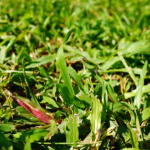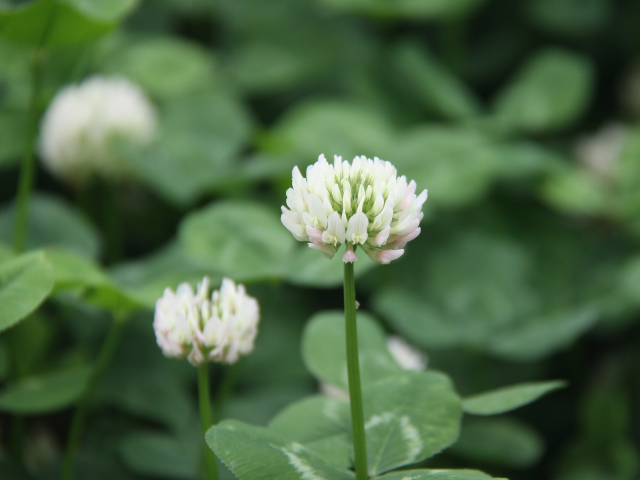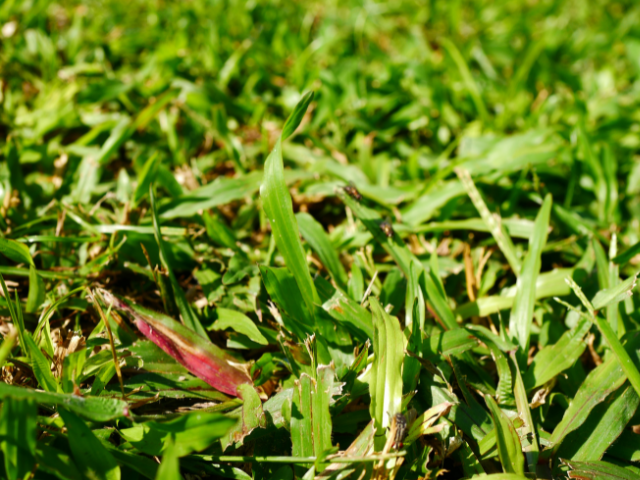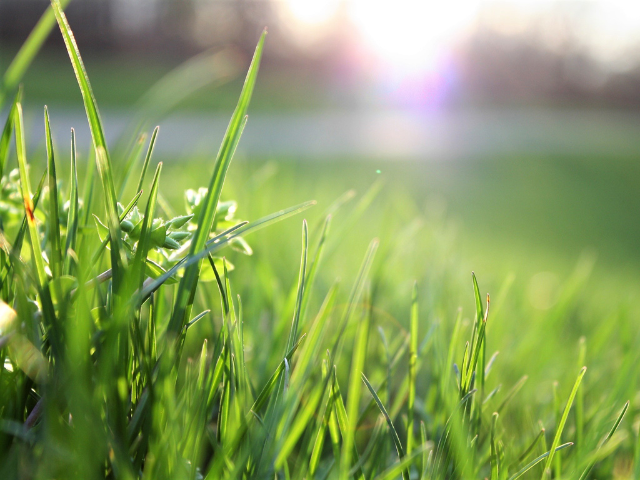Do you have bromegrass on your lawn? If so, you’re probably looking for ways to get rid of it. Bromegrass can be a huge nuisance – it’s tough to kill and it spreads rapidly. In this blog post, we will discuss the best ways to get rid of bromegrass and keep it from coming back!
What is Bromegrass
The first step in getting rid of bromegrass is to identify it. Bromegrass is a type of perennial grass that typically grows in clumps. It has thin, blue-green blades and a shallow root system. Bromegrass is often mistaken for crabgrass or quackgrass, but it can be distinguished by its blue-green color and the fact that it grows in clumps.
Bromegrass is most commonly found in lawns, pastures, and golf courses. It is a problem in these areas because it competes with other grasses for water and nutrients. Bromegrass can also invade gardens and flower beds, where it can be difficult to control.
Why is Bromine Dangerous
Bromegrass is dangerous because it contains high levels of bromine. Bromine is a toxic chemical that can cause serious health problems in humans and animals. Bromegrass is a common weed in many parts of the world and its pollen can be easily inhaled, which can lead to respiratory problems. Ingesting bromine can also lead to vomiting, diarrhea, and abdominal pain. If you suspect that you or someone you know has been exposed to bromine, it is important to seek medical attention immediately.
How to Get Rid of Bromegrass
There are a few ways to get rid of bromegrass. One way is to physically remove the plant from your property. This can be done by pulling the plant up by its roots or by using a weed whacker or lawn mower to cut the grass down. Another way to get rid of bromegrass is to use herbicides. Glyphosate is a common herbicide that is effective against bromegrass. You can also use pre-emergent herbicides to prevent bromegrass from growing in the first place.
What Herbicide Kills Bromegrass?
Bromegrass is a difficult weed to control because it is resistant to many herbicides.
- Glyphosate is the most effective herbicide for killing brome, but it will also kill any other plants that it comes in contact with. Another option is to use an herbicide that contains dicamba and glyphosate. This combination will kill the brome without killing the other plants.
- Roundup is the most common herbicide used to kill bromegrass. However, Roundup is a non-selective herbicide, meaning it will kill any plant it comes in contact with, not just bromegrass. This means you need to be very careful when using it, or you may end up killing your lawn along with the bromegrass.
FAQs About How to Get Rid of Brome Grass
Where does smooth brome grow?
Smooth brome is a cool-season grass that is native to Europe and Asia. It was introduced into North America in the early 1800s and has since become naturalized throughout much of the United States and Canada. Smooth brome prefers open, sunny areas such as fields, pastures, roadsides, and disturbed areas. However, it can also tolerate shady conditions and is often found on forest edges and understory.
Is smooth brome edible?
Yes, smooth brome is edible. The young leaves can be eaten raw or cooked. The plant is also a good source of hay for livestock.
What is the scientific name for smooth brome?
The scientific name for smooth brome is Bromus inermis.
Bromus inermis, commonly known as smooth brome, is a species of grass in the family Poaceae.
Is bromus Inermis invasive?
Yes, Bromus inermis is an invasive species. It is native to Europe and Asia but has been introduced to North America, where it is now considered a weed. Smooth brome invades pastures, meadows, roadsides, and other disturbed areas. It competes with native plants for resources and can reduce the biodiversity of an ecosystem.
